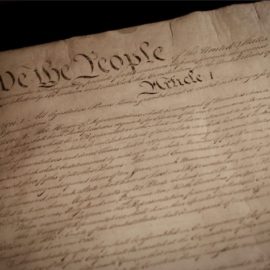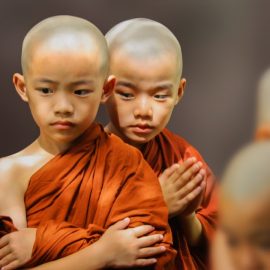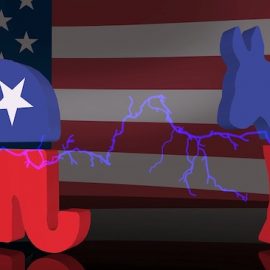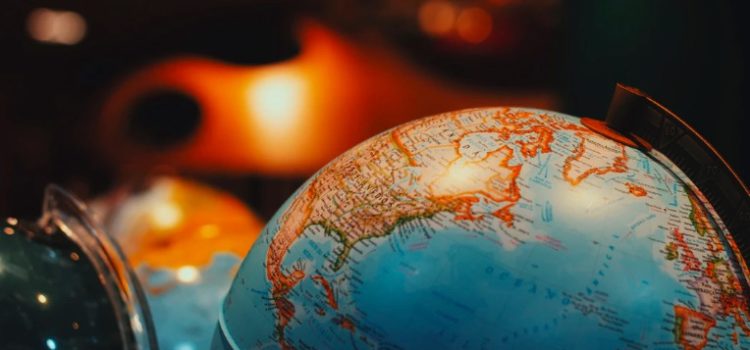
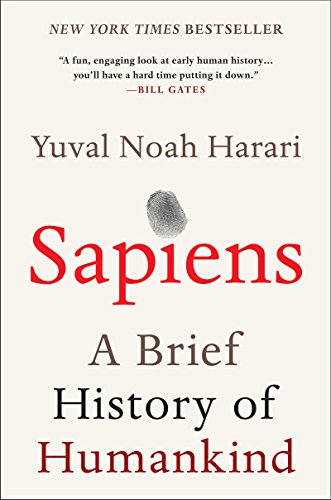
This article is an excerpt from the Shortform summary of "Sapiens: A Brief History of Humankind" by Yuval Noah Harari. Shortform has the world's best summaries of books you should be reading.
Like this article? Sign up for a free trial here .
What is a global society? How did our various societies merge into one, global culture?
A global society is a society in which practices and beliefs are similar across the world. Increasing communication throughout the world leads to a more global society.
We’ll cover the history of how individual societies merged to create a global society.
The Nature of Culture
The idea of culture plays a huge role in the history of our global society. Culture is the “network of artificial instincts” that connect us, myths so ingrained that we take them for granted. These myths allow us to cooperate and thrive in large groups.
Cultures aren’t static. They may have values and norms based on tradition, but they’re still in constant flux. Before we discuss how our global society evolved, we’ll look at how cultures evolve, whether that evolution is linear, and where our cultures are headed.
The Value of Cognitive Dissonance
Cultural changes may be a result of pressures from external factors like the environment or neighboring cultures. Or they may be the product of internal factors like the contradictions inherent in every culture. Psychologists call these contradictions cognitive dissonance. Cognitive dissonance occurs when we hold two or more thoughts or beliefs that are incompatible with one another.
Every single culture contains contradictions that lead to cognitive dissonance, and they’re actually beneficial. This is because cultures continually attempt to resolve and reconcile the contradictions in their myths. This leads to change, allowing for a more creative and dynamic species. Contradictions in our beliefs force us to examine them and reassess, and this moves culture forward.
For example, in the West, we prize both equality and individual freedom, but we can’t have them both.
- Equality: In order for everyone to have the same opportunities and freedoms, the opportunities and freedoms of some need to be limited and transferred to those who lack them.
- Individual freedom: If you prioritize everyone being free to do what they want, some people will lose their freedoms while others will gain a disproportionate amount of freedom. Equality disappears.
In America, Democrats favor equality. They’re willing to sacrifice the individual freedoms of a few (such as raising taxes for the rich) to make a more equitable society. Republicans, on the other hand, favor individual freedom. They don’t believe that others should be able to tell them how to spend their money, for instance, and they aim to increase individual freedom, even if it comes at the price of a widening income gap and poor Americans who can’t afford health care.
Because people resolve a culture’s contradictions in different ways, those contradictions lead to the multitude of varied opinions necessary for a creative, productive culture. A culture’s contradictions are its most telling features.
The Evolution of Our Global Society
Due to the attempt to resolve cognitive dissonances, cultures are continually evolving. Is this evolution random?
History has a direction, and it’s toward unity. Speaking generally, over time, many small cultures tend to merge to form fewer, larger, more sophisticated cultures. Despite disintegration at the micro-level throughout history, such as the spread of Latin throughout the world dissolving into many regional and national languages, the overall trend is toward the consolidation of many distinct worlds into one global society.
The Merging of Worlds Into a Global Society
Today, we have a global society, but for most of history, the earth was a “galaxy of isolated human worlds.” In 10,000 BC, there were thousands of distinct cultures. But by AD 1450, 90% of the world’s population lived in the “mega-world” of Afro-Asia, in which Asia, Europe, and Africa were connected by culture, politics, and trade. By 1788, the world of Afro-Asia had absorbed all the rest, including Tasmania, the last autonomous world.
Consequently, today, all humans are tied by:
- A shared geopolitical system (for instance, states and nations are internationally recognized)
- A shared legal system (international law exists, although it’s more powerful in some areas than in others)
- A shared scientific system (scientific knowledge about, say, the structure of an atom is the same everywhere)
- And a shared economic system (capitalism and trade influence every area of the world)
These form our global society. This doesn’t mean that the global society is homogeneous, but it does mean that we all “speak the same language,” metaphorically.
Us Against Them
Our survival instincts predispose us to divide the world into the people around us, “Us,” and everyone else, “them.” But just within the last few centuries, three “orders” have begun to dissolve this biological antagonism. This is the miracle of a global society. These imagined orders are particularly remarkable because they run counter to our biological tendency to divide, instead being based on the potential of every human to be part of a single, united, global society.
———End of Preview———

Like what you just read? Read the rest of the world's best summary of "Sapiens" at Shortform . Learn the book's critical concepts in 20 minutes or less .
Here's what you'll find in our full Sapiens summary :
- How Sapiens outlived and outlasted the 8+ other human-like species on Earth
- The 3 critical revolutions in human existence that led to our domination of the planet
- How much of what powers our world today is really just a shared mass delusion
- What the future of humanity might look like

